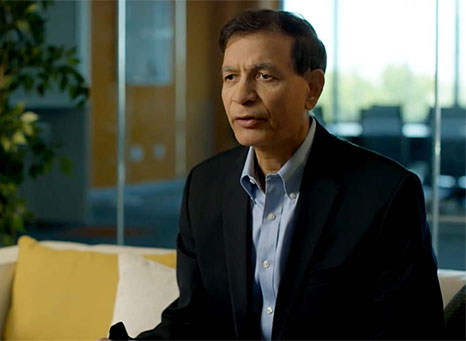Zscaler Posture Control is a 100% agentless solution built to identify and remediate hidden risk across the cloud life cycle. Request a demo today.
- La experiencia Zscaler
Su mundo, seguro
Experimente el poder transformador de Zero Trust.
Zscaler: líder en el Gartner® Magic Quadrant™ para Security Service Edge (SSE) 2024
Obtenga el informe completo
![gartner magic quadrant gartner magic quadrant]()
Fundamentos de Zero Trust
-
¿Qué es Zero Trust?
-
¿Qué es el perímetro de servicio de seguridad (SSE)?
-
¿Qué es Secure Access Service Edge (SASE)?
-
¿Qué es el acceso a la red de Zero Trust (ZTNA)?
-
¿Qué es Secure Web Gateway (SWG)?
-
¿Qué es un agente de seguridad de acceso a la nube (CASB)?
-
¿Qué es una plataforma de protección de aplicaciones nativas de la nube (CNAPP)?
-
Recursos de Zero Trust
-
- Productos y Soluciones
![prueba prueba]()
Proteja a sus usuarios
Proporcione a los usuarios un acceso confiable, seguro y sin problemas a las aplicaciones y los datos..
![prueba prueba]()
Proteja sus cargas de trabajo
Cree y ejecute aplicaciones seguras en la nube, habilite la conectividad Zero Trust en la nube y proteja las cargas de trabajo desde el centro de datos hasta la nube.
![prueba prueba]()
Proteja su IoT y OT
Proporcione conectividad Zero Trust para los dispositivos IoT y OT, y un acceso remoto seguro a los sistemas OT.
Productos
Transforme su organización con servicios 100 % nativos de la nube
Áreas de solución
Impulse su negocio con soluciones Zero Trust que protegen y conectan a sus recursos
-
Protección contra la amenaza cibernética
-
Protección de datos
-
Zero Trust Networking
-
Análisis empresarial
-
Alternativa a la VPN
-
Zero Trust SASE
-
Integración Acelerada de Fusiones y Adquisiciones
-
Optimice las experiencias digitales
-
Zero Trust SD-WAN
-
Conectividad en la nube de Zero Trust
-
Zero Trust para IoT/OT
-
Busque un producto o una solución
-
Busque un producto o una solución
-
Integraciones de partner
Soluciones para el sector y el mercado
-
- Plataforma
Plataforma Zero Trust Exchange
Descubra cómo Zscaler ofrece Zero Trust con una plataforma nativa en la nube en la mayor nube de seguridad del mundo.
![prueba prueba]()
Transfórmese con una arquitectura Zero Trust
Inicie su viaje de transformación
Protege sus Objetivos Comerciales
Logre sus iniciativas comerciales y de TI
- Recursos
Aprenda, conéctese y obtenga soporte.
Conozca las herramientas y los recursos que necesita para acelerar su transformación y proteger su mundo
![CXO REvolutionaries CXO REvolutionaries]()
Amplificar las voces de los pioneros digitales y de confianza cero en el mundo real
Visitar ahora
Centro de recursos
Manténgase actualizado sobre las mejores prácticas
Eventos y formación
Busque programas, certificaciones y eventos
Investigación y servicios de seguridad
Investigaciones e información al alcance de su mano
Herramientas
Herramientas diseñadas para usted
Comunidad y soporte
Conéctese y encuentre soporte
Soluciones para su sector y el mercado
Vea soluciones para su sector y país
- Empresa
Descubra cómo empezó y hacia dónde se dirige
Conozca a nuestros socios y explore integradores de sistemas y alianzas tecnológicas
Manténgase al día con las últimas noticias
Conozca a nuestro equipo directivo
Conozca las mejores integraciones de socios de esta clase que le ayudarán a acelerar la transformación digital
Noticias, información bursátil e informes trimestrales
Conozca nuestro modelo ESG
Adopte nuestra misión
Encuentre todo lo que necesita para cubrir Zscaler
Entérese cómo cumplimos con estándares rigurosos
Entérese cómo cumplimos con estándares rigurosos







